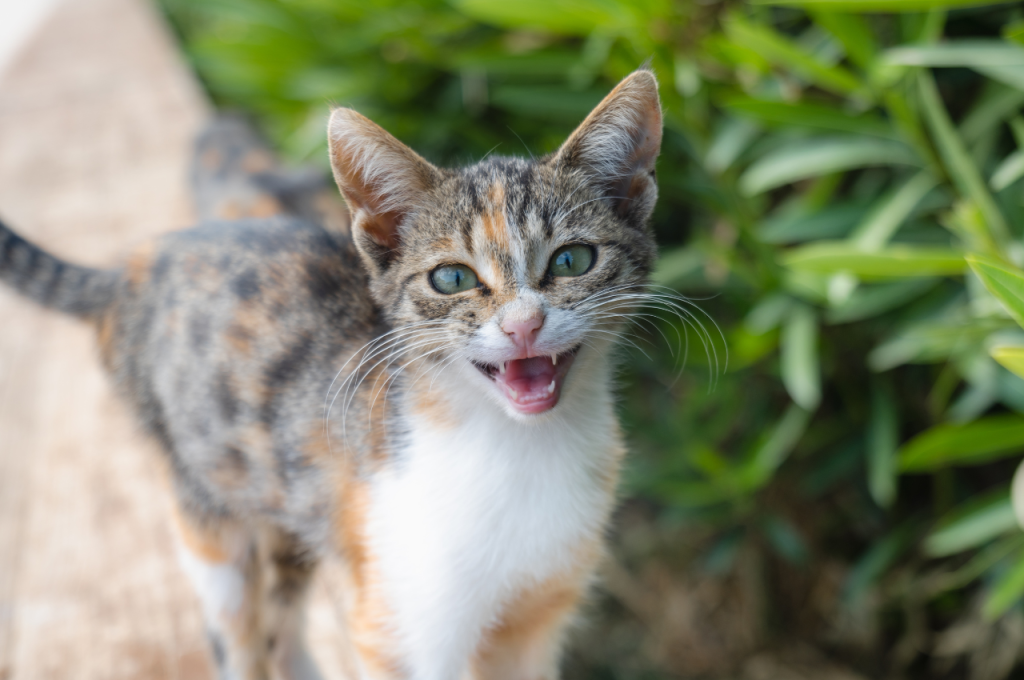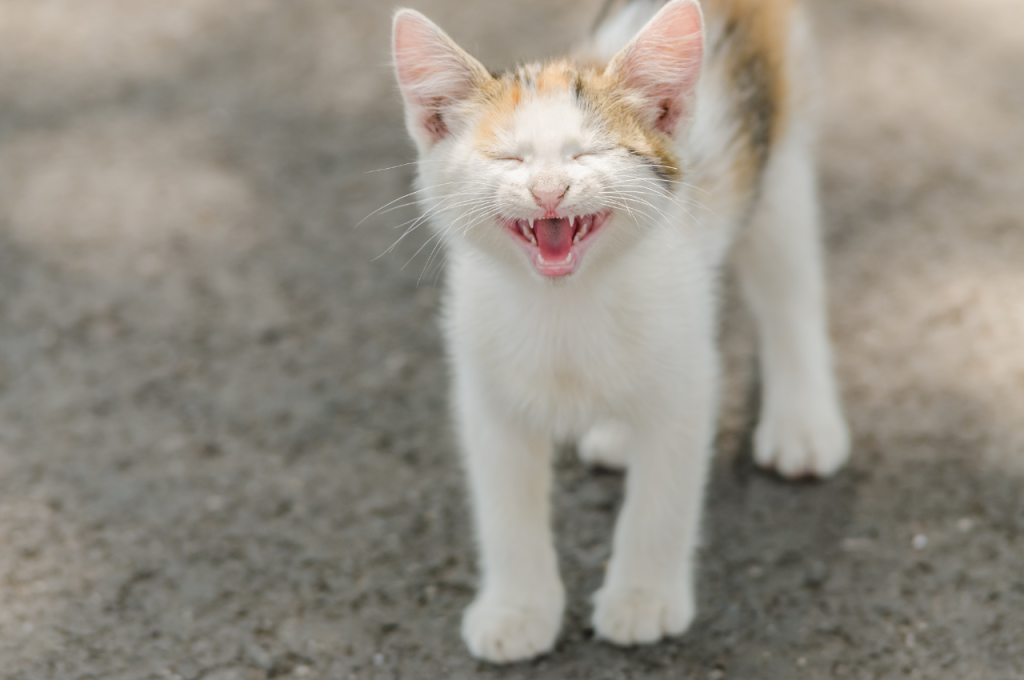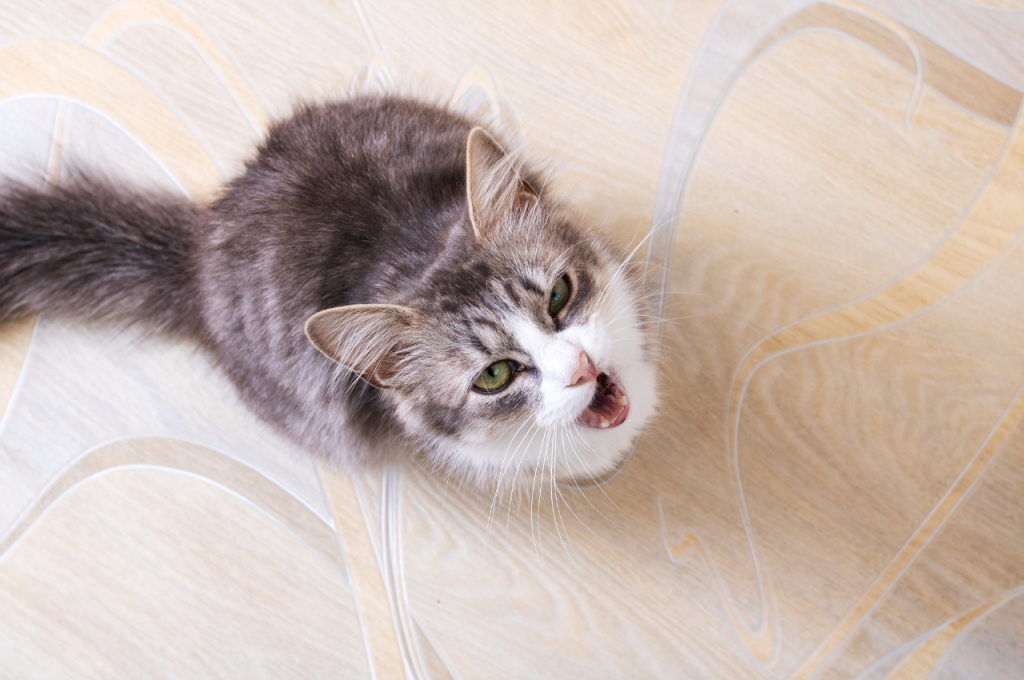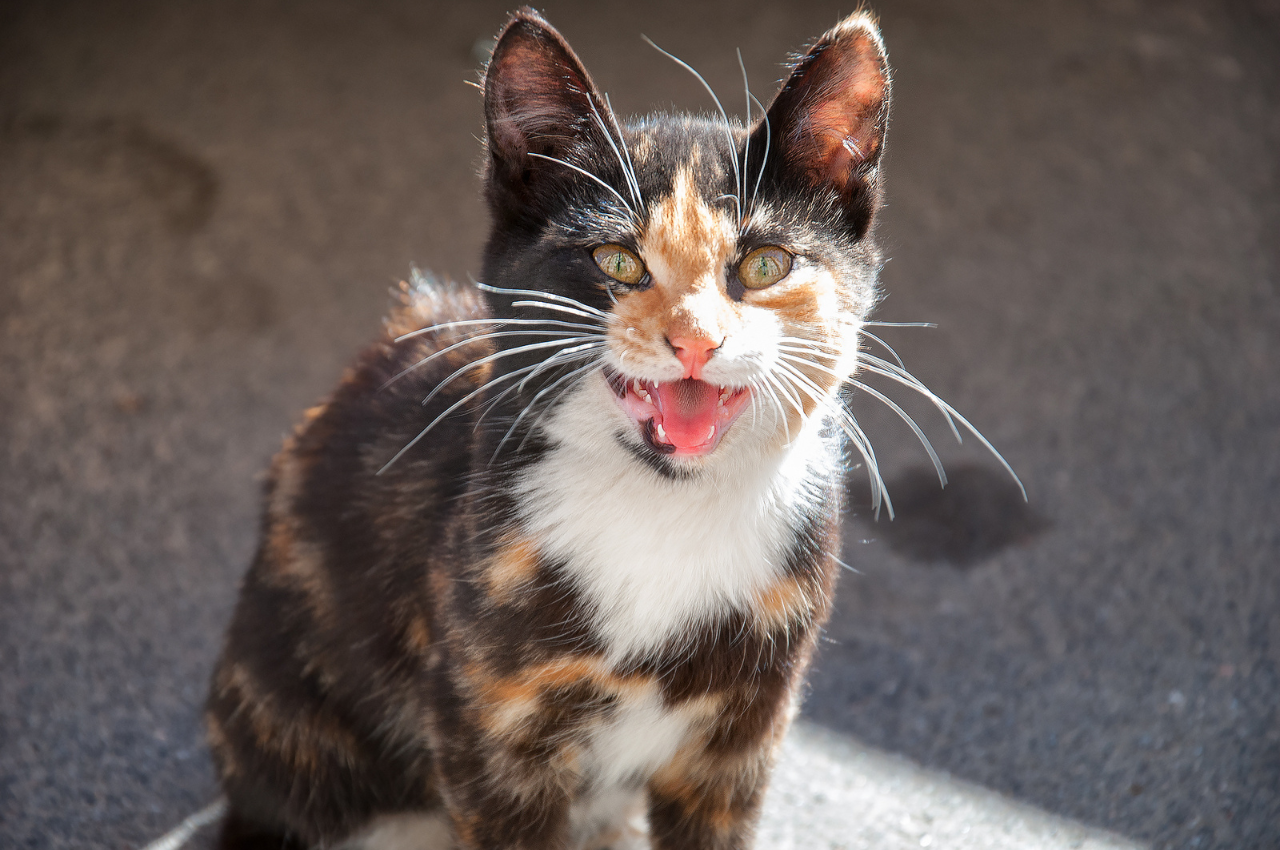To train your cat to stop meowing for food, establish a consistent feeding schedule and offer enriching activities to distract them. Cats meow for various reasons, such as hunger or seeking attention, so addressing these needs can minimize excessive meowing.
By implementing positive reinforcement techniques and ensuring your cat receives mental and physical stimulation throughout the day, you can effectively reduce their food-related vocalizations. Engaging in interactive play sessions or providing puzzle feeders can help divert their focus away from begging for food.
With patience and persistence, you can train your cat to exhibit quieter behavior and enjoy meal times peacefully. Remember, understanding your cat’s behaviors and needs is key to successfully modifying their vocalizations.
Understanding Cat Behavior
Understanding cat behavior is essential for fostering a harmonious and fulfilling relationship with your feline companion. Cats have unique personalities communication styles, and interpreting. Their behavior can help you meet their needs and strengthen your bond.

Instinctual Reasons for Meowing
Cats meow to communicate hunger, boredom, stress, or attention needs. Identifying the root cause is crucial for effective training.
Types of Meowing and Their Meanings
Various meow types exist, such as pleading for food, protest, or greeting. Recognizing these cues aids in behavior modification.
Creating A Consistent Feeding Routine
1. Establishing scheduled meal times: Set specific times each day for feeding to create a routine for your cat.
2. Avoiding Feeding upon Meowing: Do not give in to your cat’s meows for food outside of scheduled meal times.
3. Implementing interactive feeding methods: Engage your cat in interactive feeding activities to reduce excessive meowing.
Behavioral Training Techniques
Train your cat to stop meowing for food with effective behavioral training techniques. Use positive reinforcement, such as rewards or distractions, to redirect their attention and discourage excessive meowing. Establish a consistent feeding schedule and provide engaging activities to keep them occupied.
Cats are known for their vocal nature, especially when it comes to asking for food. Constant meowing can be quite disruptive, but with proper behavioral training techniques, you can teach your cat to stop this habit. By using positive reinforcement, clicker training, redirecting attention, or simply ignoring the meowing, you can help your furry friend understand that meowing doesn’t always lead to a reward. Let’s explore these techniques in detail:
Positive Reinforcement
One effective method to train your cat to stop meowing for food is through positive reinforcement. Cats respond well to rewards, so when your cat displays the desired behavior of not meowing excessively, reward them immediately. This could be a small treat, praise, or a gentle pat on the head. By associating the absence of meowing with positive experiences, your cat will learn that remaining silent leads to pleasant outcomes.
Clicker Training
Clicker training is another valuable technique for modifying your cat’s behavior. It involves using a clicker—a small device that emits a distinct clicking sound—to mark desired behaviors. Start by associating the click sound with treats. When your cat remains quiet instead of meowing for food, click the clicker and immediately offer a treat. Over time, your cat will understand that the click sound signifies good behavior, which will help discourage excessive meowing.
Redirecting Attention
If your cat meows persistently for food, it can be helpful to redirect their attention to something else. Engaging your cat in play or interactive toys can distract them from their desire for food. Provide puzzle feeders or treat-dispensing toys that require mental and physical effort, as these will keep your cat occupied and stimulated. By redirecting their focus, you can minimize their meowing behavior.
Ignoring The Meowing
Sometimes, the best approach is simply to ignore your cat’s meowing for food. By not rewarding their meows with attention or food, you avoid reinforcing the behavior. This technique requires consistency and patience. To discourage meowing, remember to provide your cat with regular meals at scheduled times. If they start meowing for food in between, resist the urge to give in. Eventually, your cat will learn that meowing doesn’t yield the desired results. To train your cat to stop meowing for food, employ these behavioral training techniques consistently. Each cat responds differently, so find the approach that works best for your furry friend. Whether it’s using positive reinforcement, clicker training, redirecting attention, or ignoring the meowing, with time and effort, your cat can learn to communicate their needs more appropriately.

Addressing Potential Medical Issues
We delve into the important topic of addressing potential medical issues in cats. Cats are known for their stoic nature, often hiding signs of illness, making it crucial for pet owners to understand common health concerns and how to recognize them.
Consulting with A Veterinarian
If your cat is constantly meowing for food, it’s crucial to consult with a veterinarian. Professional help can identify underlying health issues that might be causing this behavior.
Identifying Health Problems
Identifying health problems involves a thorough assessment by a veterinarian. They can perform diagnostic tests to evaluate your cat’s overall health and rule out any underlying issues such as hyperthyroidism or diabetes.
Treating Underlying Medical Conditions
If your veterinarian detects any underlying medical conditions, they will propose a treatment plan. Medication, dietary changes, or lifestyle adjustments may be necessary to ensure your cat’s well-being and eliminate excessive meowing for food.
Creating A Calming Environment
Creating a calming environment is essential when training your cat to stop meowing for food excessively. Cats often meow for food due to stress or anxiety, so it’s important to create a peaceful and comforting space for them.
Providing Enrichment and Mental Stimulation
Engaging your cat’s mind and senses through enrichment activities can help reduce their constant meowing for food. Offer interactive toys, puzzle feeders, and catnip-stuffed toys to keep them mentally stimulated and entertained.
Designating A Quiet Space
Allocate a designated quiet area in your home where your cat can retreat to when they need some peace. This space should be cozy, away from loud noises, and equipped with a comfortable bed or blanket for them to relax and feel secure.
Using Calming Products or Remedies
Consider using pheromone diffusers or calming sprays in the areas frequented by your cat to create a soothing atmosphere. Additionally, explore natural remedies such as chamomile or valerian root to promote relaxation and reduce your cat’s food-seeking meows.

Frequently Asked Questions
FAQs (Frequently Asked Questions) about addressing potential medical issues in cats:
Q. How do I stop my cat from constantly meowing for food?
A. To stop your cat from constantly meowing for food, establish a strict feeding schedule with set mealtimes. Provide enough food at each feeding to satisfy hunger and engage in interactive play to distract from meowing. Avoid giving in to demands to reinforce this behavior.
Q. Is it okay to ignore my cat meowing for food?
A. Ignoring your cat’s meowing for food can lead to behavioral issues and stress. It’s important to address your cat’s needs promptly.
Q. Why is my cat constantly begging for food?
A. Cats may constantly beg for food due to various reasons like hunger, boredom, or seeking attention. Ensure that your cat’s nutritional needs are met, provide interactive toys for stimulation, and establish a feeding routine to reduce begging behavior. Consulting with a veterinarian can also help address any underlying health issues.
Q. How do I stop demand meowing?
A. To stop demand meowing, make sure your cat’s basic needs are met, such as food, water, and attention. Ignore the meowing to avoid reinforcing the behavior. Provide mental and physical stimulation through play and interactive toys. Consistency in your response is essential to deter this conduct.
Conclusion
Training your cat to stop meowing for food can be a challenging process, but with patience and consistency, it is achievable. By understanding the reasons behind their meowing and implementing effective training techniques, you can establish a routine that addresses their needs while minimizing excessive vocalizations.
Remember to always reward positive behavior and provide mental and physical stimulation to keep your feline friend happy and content. With time and effort, you’ll create a harmonious environment where your cat no longer meows incessantly for food.
